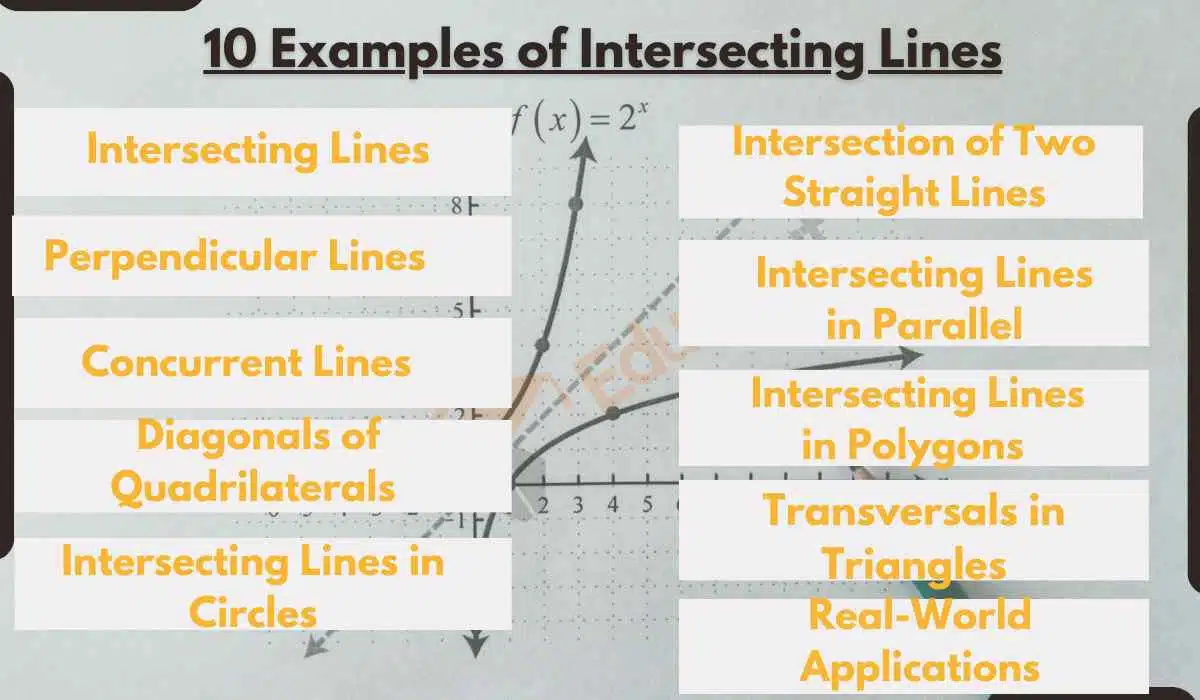10 Examples of Mean
In mathematics and statistics, the term “mean” is a central concept used to describe the average value of a set of numbers.
In this article, we will discuss ten examples of mean, ranging from the familiar arithmetic mean to more specialized types of means.

Examples of Mean
These are 10 examples of mean.
1: Arithmetic Mean
The most common example of mean is the arithmetic mean. It is calculated by adding up all the values in a dataset and dividing by the number of values.
For example, to find the arithmetic mean of 5, 7, and 9, you would add them (5 + 7 + 9 = 21) and divide by 3 (since there are 3 values), resulting in a mean of 7.
2: Median
The median is another example of mean. It is the middle value in a dataset when the values are arranged in order. If there is an even number of values, the median is the average of the two middle values.
For example, in the dataset 4, 7, 2, 9, the median is 4.5 (the average of 4 and 7).
3: Mode
The mode is the value that appears most frequently in a dataset. In the dataset 3, 5, 5, 7, 8, the mode is 5 because it appears twice, more than any other value.
4: Harmonic Mean
The harmonic mean is used for situations where rates or ratios are involved. It is the reciprocal of the arithmetic mean of the reciprocals of a set of values. For example, it is used to calculate average speeds in physics.
5: Geometric Mean
The geometric mean is used for datasets with values that represent growth rates or ratios. It is calculated by taking the nth root of the product of n values. It is commonly used in finance to calculate investment returns.
6: Weighted Mean
In some cases, not all values in a dataset are equally important. The weighted mean assigns different weights to different values, reflecting their relative significance. For example, in calculating a weighted GPA, each course may have a different weight based on its difficulty.
7:Trimmed Mean
The trimmed mean involves removing a certain percentage of extreme values from the dataset before calculating the mean. This helps reduce the impact of outliers on the mean.
8: Winsorized Mean
Similar to the trimmed mean, the Winsorized mean replaces extreme values with less extreme values, reducing the influence of outliers while retaining all data points.
9: Quadratic Mean (Root Mean Square)
The quadratic mean, also known as the root mean square, is often used in physics and engineering to calculate the magnitude of a varying quantity. It involves taking the square root of the average of the squares of the values.
10: Moving Average
In time series analysis, the moving average calculates the mean of a set of values over a specific time period. It is useful for smoothing out fluctuations in data.






Leave a Reply